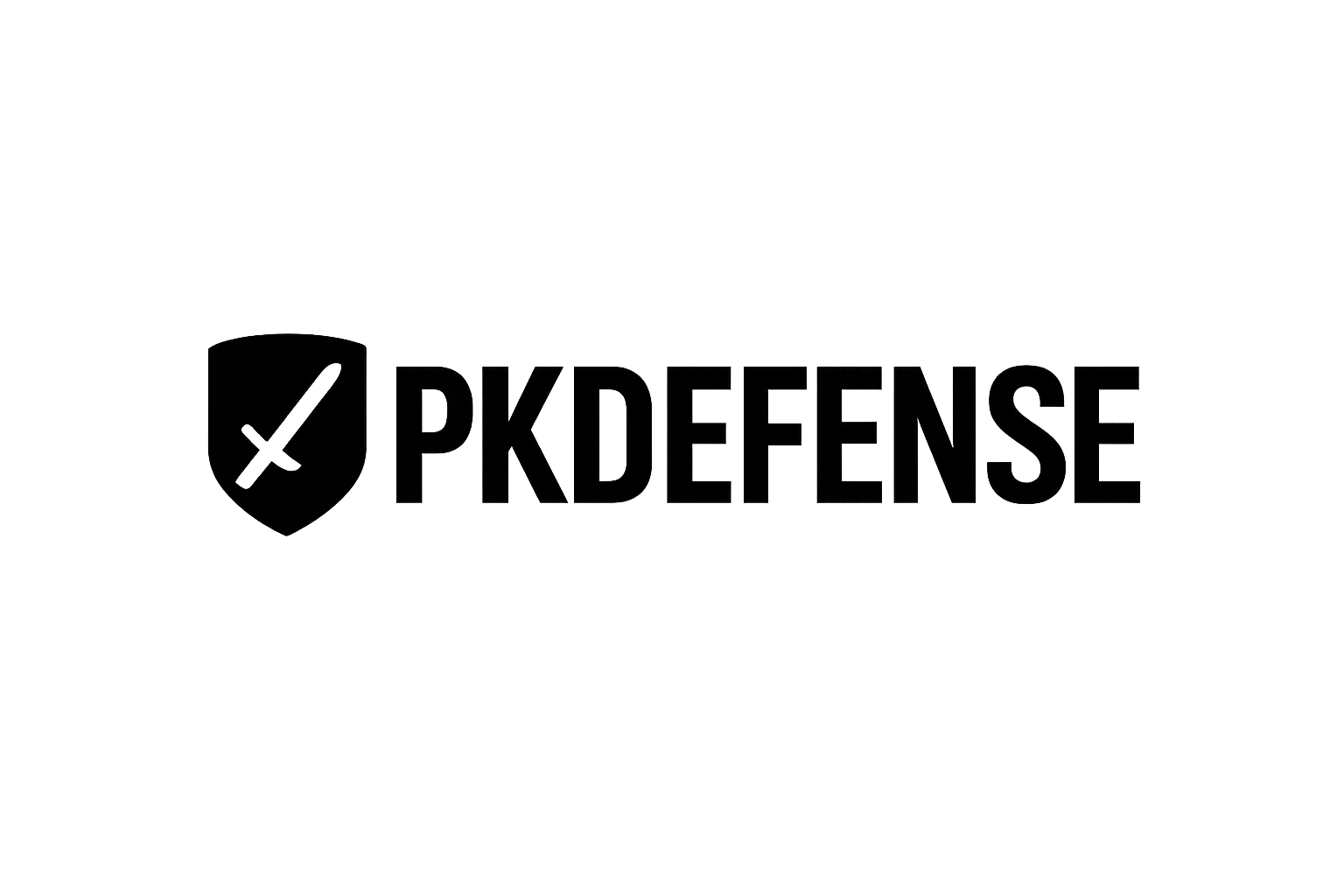- Joined
- Jan 25, 2024
- Messages
- 111,139
- Likes
- 865
- Nation

[H3]First ever Iranian attack on Israel from Iranian soil - IDF[/H3]
A former Israeli Defense Forces spokesman, Jonathan Conricus, says "this is day one of the new Middle East - for the first time Iran is attacking Israel directly from sovereign Iranian soil".
Speaking on the BBC News Channel, he cited reports of more than 100 Iranian drones and cruise missiles heading to Israel, "with different expected times of arrival". He said "Israeli air defences are busy taking out these threats".
When asked if Israel had planned for this, he said: "I think Israel is good at planning military contingencies, but they don't always excel at the strategic part. I didn't expect the Iranians to do this, from Iranian soil. It will drag other countries, including the US, into the conflict."
Conricus added: "I think there are a few plans in the drawers, looking at targets in Iran".
He said those targets would probably be sites "concerned with arming various terror groups, such as Hezbollah, Iranian proxies in Syria, the Houthis in Yemen".
"It depends how much damage will be done in Israel - that will be the measure of how Israel will retaliate."
A former Israeli Defense Forces spokesman, Jonathan Conricus, says "this is day one of the new Middle East - for the first time Iran is attacking Israel directly from sovereign Iranian soil".
Speaking on the BBC News Channel, he cited reports of more than 100 Iranian drones and cruise missiles heading to Israel, "with different expected times of arrival". He said "Israeli air defences are busy taking out these threats".
When asked if Israel had planned for this, he said: "I think Israel is good at planning military contingencies, but they don't always excel at the strategic part. I didn't expect the Iranians to do this, from Iranian soil. It will drag other countries, including the US, into the conflict."
Conricus added: "I think there are a few plans in the drawers, looking at targets in Iran".
He said those targets would probably be sites "concerned with arming various terror groups, such as Hezbollah, Iranian proxies in Syria, the Houthis in Yemen".
"It depends how much damage will be done in Israel - that will be the measure of how Israel will retaliate."


































